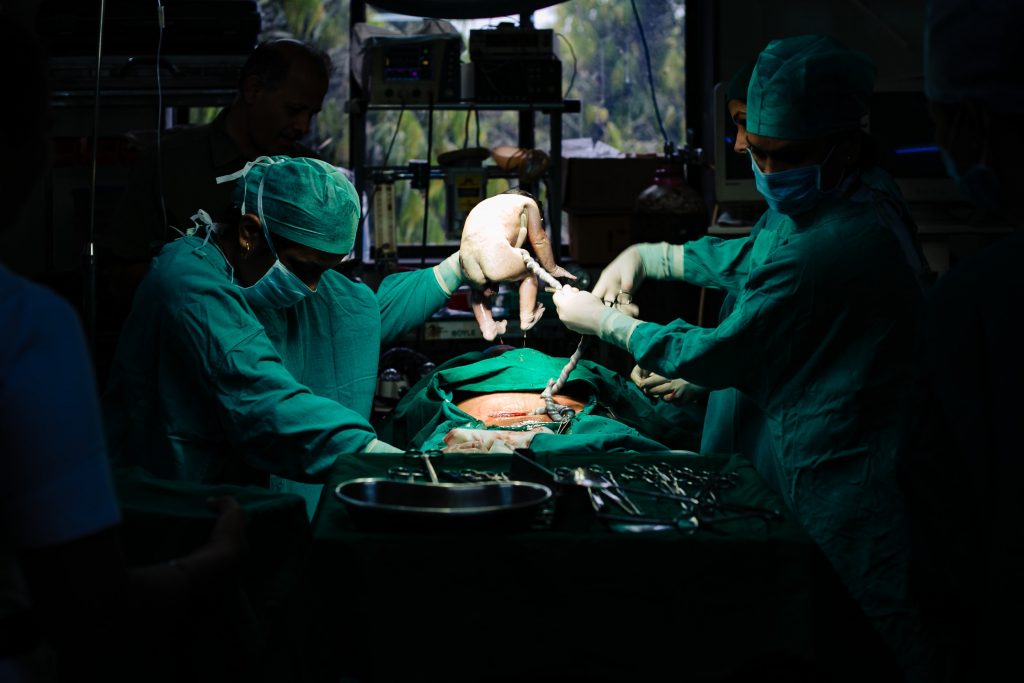

Public healthcare or publicly funded healthcare of any nation is designed to meet its financing through the state’s coffers. Universal Health Coverage means all people have access to high-quality, timely, and affordable healthcare without suffering from financial catastrophe. In most contexts, Universal Health Coverage and public healthcare go together. India has a very efficient model of such a system on paper. But health is a state subject in India. That means the implementation of this model suffers if the states are not proactive. A state like Bihar that has suffered from decades of lawlessness and policy paralysis is one such example that has been unable to implement adequately all qualities of an efficient public healthcare despite there being a well-researched model on paper.
Like other states, Bihar has a multi-tier structure of public healthcare. Progressing from sub-centers at the bottom of the pyramid to primary health centers or PHCs, Community Health Centers or CHCs, District Hospitals or Sadar Hospitals, and Tertiary Medical Centers such as Medical Colleges at the top of the pyramid. However, all tiers of this healthcare provision in the state are currently suffering from multiple chronic issues.
The rot of underdevelopment starts at the very bottom. Sub-centers and in some cases, Primary Health Centers, are the first point of contact for people. These two units form the bulk of rural health infrastructure in the state. At many places, these exist only on paper with the reality being that the supposed building is in a state of disrepair, neglect, and equipped with shoddy facilities. Where the buildings exist, or a new one has been formed in recent years, there is a critical lack of qualified workforce. Qualified physicians are hesitant to go work in remote and rural regions with limited resources, non-existent support systems, and poor security. There is also a consistent issue of poor health literacy among rural folks. With a limited focus on health communication and awareness, people either present late to healthcare facilities or are hesitant towards seeking care.
District hospitals or Sadar hospitals are the hubs of healthcare provision in a district. District hospitals have long been touted as the key to attaining universal health coverage in India. Though the current state of these hospitals denies this plausibility. Most district hospitals suffer from years of disrepair and a sad state of neglect from local and state administrations. Many suffer from the unavailability of blood banking capacity, lack of quality testing facilities, out-of-service equipment, falling physical infrastructure, and a critical lack of workforce. Many operate on bare minimum resources and workforce. However, district hospitals are known to provide affordable healthcare to the masses, and hence despite development paralysis, they have survived the wrath of times and poor public image.
The top tier of this healthcare apparatus is occupied by tertiary medical colleges. Medical colleges are the drivers of healthcare policies, medical research, local treatment guidelines, training of the workforce, and high-quality tertiary care. It is difficult, for people familiar with medical colleges outside the state and India, to see how any of the medical colleges in Bihar can perform any of its duties. All the colleges in the state are far behind in terms of medical education and research. If an index was drawn for the quality and quantity of research in medical colleges in India, it would not be surprising to find Bihar’s colleges at the very bottom. Additionally, they are heavily overwhelmed with a high density of people seeking care compared to available resources or the workforce. It is not uncommon to see patients lining up for appointments early in the day or admitted patients sleeping in corridors of the hospital in lack of adequate hospital beds. The training of the workforce, including residents, has suffered the most with a lack of exposure and focus on imparting adequate skills. On top of that, there is a seer lack of quality care to wide-ranging problems such as screening and treatment of cancer, management of rare diseases, super-specialized lifesaving surgeries in these medical colleges.
Poor public health infrastructure means residents of Bihar have to flock to other states- the majority to AIIMS in New Delhi and Christian Medical College in Vellore- for affordable, and high-quality medical care. Never mind the additional economic burden of traveling long-distance, food and lodging, and unfamiliarity with a new environment that they must bear. It has also created a widely prevalent psyche in masses that public healthcare in Bihar is adequate only for primary care and for those at the bottom rung of the economic pyramid.
The preventive and promotive aspect of healthcare relies to a large extent on public healthcare facilities. Rampant health illiteracy and distrust towards the modern system of healthcare in Bihar are evidence of the fact that the state government and policymakers have failed to do their job properly. The ripples are felt in private healthcare that has filled in the vacuum. But more on it in our next blog.
More from Dr. Ankit Raj here.
BCPHR.org was designed by ComputerAlly.com.
Visit BCPHR‘s publisher, the Boston Congress of Public Health (BCPH).
Email [email protected] for more information.
Click below to make a tax-deductible donation supporting the educational initiatives of the Boston Congress of Public Health, publisher of BCPHR.![]()
© 2025-2026 Boston Congress of Public Health (BCPHR): An Academic, Peer-Reviewed Journal
All Boston Congress of Public Health (BCPH) branding and content, including logos, program and award names, and materials, are the property of BCPH and trademarked as such. BCPHR articles are published under Open Access license CC BY. All BCPHR branding falls under BCPH.
Use of BCPH content requires explicit, written permission.